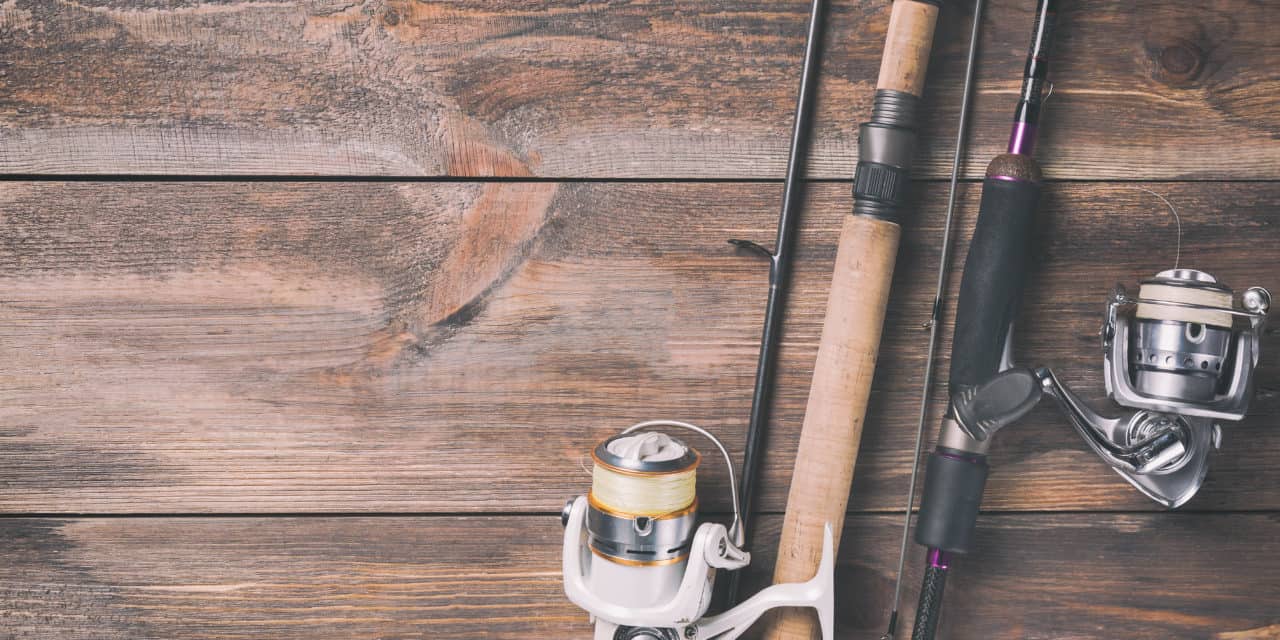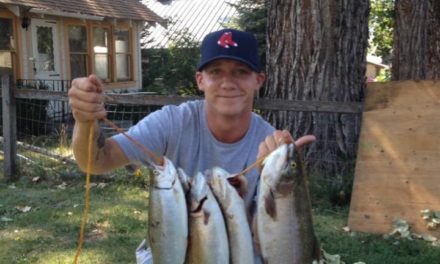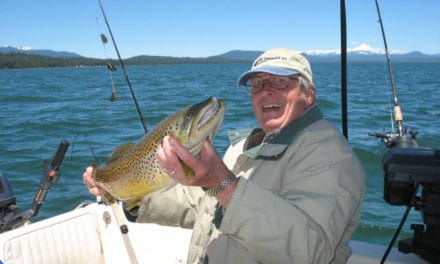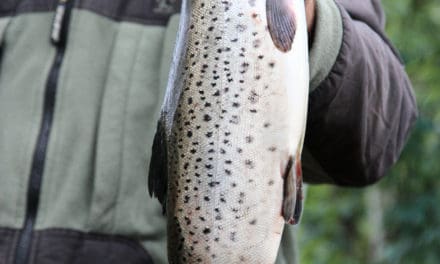By Bob Kopernik, Lucky Grady Fishing Guide Service
If you are new to this area and are interested in drowning a few worms or crickets in hopes of having Fish Tacos for dinner, do yourself a favor and purchase a detailed geographical map of the area. I like the Northern California DeLorme Atlas & Gazetteer Map book because it shows most all of the lakes, streams, campgrounds and the roads to get you there. Another good resource is the California Department of Fish and Wildlife website, to see where and when they last planted fish into the place that you are thinking about fishing. You can be pretty much assured that if a stream runs next to a campground it will have been planted with catchable size fish. Also remember that almost all the streams that run year round support a good number of natural trout. One other resource that you must check is the CADFW Fishing Regulations as to open seasons and special restrictions such as artificial lures with barbless hooks only and catch and release only areas. Most of these special areas are posted with signs. It has been said that 90% of the fish are caught in 10% of the fishable water and likewise 90% of the fish are caught by 10% of the fishermen. What that really means is ask questions and listen to what that 10% of successful fishermen tell you.
Fishing the reservoirs is pretty straight forward. A box of live bait of your choosing and a fishing pole with 6 pound test line and some small hooks and sinkers will get you started. Remember that all fish are “Object Freaks” in that they tend to school up in or near natural cover or structure. The difference between cover and structure is if you drain the lake all that is left is structure. Cover on the other hand is live vegetation. Look for sharp drop offs, submerged rocks or logs, fallen trees or the edge of a weed bed. If you don’t get a bite in 20 minutes or so MOVE to a different spot.
Stream fishing is a bit more challenging and I believe that using the correct tackle produces far better catching results. Having taught two great kids and four great(er) grand kids who are all extremely successful fishermen, I’ll share some tips that almost always afforded us many great Fish Taco dinners.
I prefer a 5’ ultralight spin cast rod and reel with 4 pound test copolymer line. I tie a #16 treble hook to the end of the line and use removable split shot of various sizes depending on how fast the water is running. I most always attach the split shot about 8” above the hook. My preference of bait has always been either velveeta cheese or red salmon eggs. To keep the velveeta cheese on the hook in swift water, form a small chunk of cheese completely around the hook and dip it into the cold water of the stream for a minute or so. It is imperative to always keep a “tight-line” because stream trout are so quick to steal your bait you only feel a very slight tick when they bite. If you don’t hook them rebait and try again. It doesn’t take very long to get the hang of it. Just don’t get discouraged.

Many people think the best place to fish are the deep pools and they do catch fish there. I prefer the swift water just above or below a series of rapids or all around a large boulder or other structure. Another productive place is in the white water of a small waterfall. Some of my favorite hot spots are along an overhanging brushy bank where no one else goes. Just slowly pay out your line with the current about two feet from the bank. Often a small 1” to 1½” silver or gold spoon like a Canadian Wonder casted downstream directly into a swift moving rapid works amazingly well. Keep your rod tip up and slowly retrieve the lure. At one time I thought the Panther Martin type lures were the best thing since the invention of sliced bread. The problem with these are they almost always get snagged and they are expensive to replace.
Round Valley Reservoir just west of Greenville is a little known place to take young kids just starting to fish. The lake is just full of Sunfish and it is not unusual to catch a fish on every cast. This usually keeps the youngsters occupied for hours. We always took some small bobbers and a box of red worms but meal worms would work just as well. If they tire of fishing the water is warm and the sandy beach slopes gently so parents need not worry about their safety. Always remember that it is best to have youngsters wear their PFD (life jackets) when fishing or playing near the water especially if they are not strong swimmers.
If you are going to fish Lake Almanor and have access to a boat you probably have some ideas of how and where to get started. A sonar unit, sometimes wrongly referred to as a “fish finder,” will help you find good structure. If you go to the Almanor Fishing Association website shown below you can read my current and past five articles on tips for fishing Lake Almanor mostly trolling from a boat.
If you are limited to fishing from shore I would concentrate my efforts to fishing an hour or two before and after sunrise and sunset. If you can fish all night that is even better. You can’t get much better than using an inflated night crawler floating about 2’ above a lead sinker, but a combination of a meal worm and cricket together also works. One place on this lake that I see very few people fishing is directly off the face of the dam. I would use a pencil type weight and cast either an inflated night crawler or live crawdad and slowly retrieve your bait up the rocky incline. Some years ago my wife Alma caught a 6# Rainbow Trout on my ultralight trout stream rod from this area. The fish walked her around the boat three times before she got it into the net. Great fun!
One last suggestion that I offer, if you are discouraged by not catching very many quality fish or just want to gain a wealth of knowledge about fishing this wonderful but sometimes frustrating body of water, consider hiring a fishing guide. The Almanor Fishing Association website lists a number of them offering a variety of options. www.almanorfishingassociation.com/lake_guides.html Some have patio boats for larger parties and are well suited for youngsters who do better still fishing. Others offer fly fishing or bass fishing and still others offer trips that include both still fishing and trolling. Note that I specialize only in trolling using downriggers for trout and salmon. I also offer a discounted price for “Catch and Release” trips.
I and at least one other guide, offer a “Learn the Lake” outing that actually takes you to and explains where, how and why to fish five or six different areas of the lake. On this trip, I spend significant time on how to use a sonar/GPS unit, selection of rods and reels, basic knots for tying leaders, lures and how to rig baits. I’m surprised how often clients need help with how to properly set the hook, play a big fish and coax it into the net. Be sure to clearly communicate with the guide that you choose what your needs, desires and expectations are, being aware that even the most experienced fishing guides can’t guarantee that you will catch fish. (That’s really why we call this sport “Fishing” instead of “Catching.”) Good luck and “THINK BIG FISH”
Bob Kopernik, Lucky Grady Fishing Guide Service
LuckyGrady1@att.net
+1.408.515.1503












